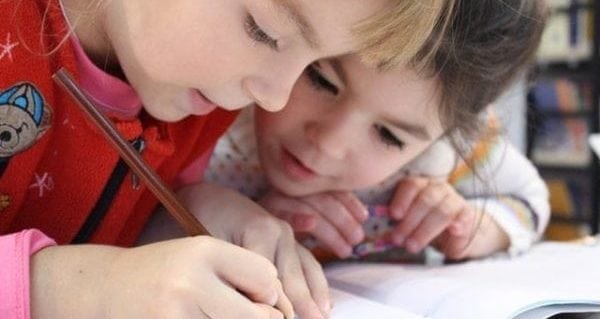 On Oct. 24, Manitoba voters head to the polls to elect school trustees. But citizens are increasingly disaffected by school board politics and the turnout may be low. Many wonder if it’s worth voting at all.
On Oct. 24, Manitoba voters head to the polls to elect school trustees. But citizens are increasingly disaffected by school board politics and the turnout may be low. Many wonder if it’s worth voting at all.
There are, however, good reasons to get involved.
In August, Manitoba’s premier shuffled his cabinet and appointed a new minister of Education. Obviously, the new minister knows that Manitoba school trustees are permitted to tax property owners to fund public schools. No other province gives trustees this responsibility.
Because school divisions have taxing authority, both taxpayers and parents must pay attention to what school boards actually do.
A few years ago, the Winnipeg School Division (WSD) proposed to increase property taxes by 6.4 per cent when the consumer price index (CPI), a standard measure of economic growth, was about 0.5 per cent. Even so, the board chair claimed that if trustees didn’t approve the increase, which was about eight times higher than the CPI, teachers’ jobs and educational programs would be cut.
A week later, with much hand-wringing, WSD trustees approved a 5.89 per cent increase in property taxes, half a per cent below the proposed budget but still seven times the increase in the CPI.
Fortunately for taxpayers, the Frontier Centre for Public Policy has just released a new research report, Never Enough: The Increasing Cost of Public Education in Manitoba and How to Curb it, assessing the cost of public education in Manitoba from 2002-03 to 2016-17. This paper can help voters bring economic sense to those seeking to become trustees.
The study shows the rising cost of education in 36 of the 38 Manitoba school divisions. The least expensive school division in 2017 was Garden Valley, which spent $10,520 on each student, while the most expensive division, Frontier, spent $20,305 per student.
Even so, costs have been rising in all divisions by between two and four times CPI. Between 2002 and 2017, for example, WSD increased the least, by about 60 per cent. The Flin Flon School Division increased the most, by about 108 per cent. Over that period, the CPI increased by only 34 per cent.
Obviously, it’s not sustainable to have the cost of education consistently outpacing CPI year after year. Soon, education will crowd out other expenditures.
Eventually, the increasing cost of education will need to be controlled.
If over this period, the cost of educating students was equivalent to the increase in CPI, the average cost per student in 2017 would have been $7,859 rather than $12,820, saving about $5,000 per students in that year alone. The provincial saving would have been slightly more that $873 million.
A few simple policies could curb the increasing cost of public education. The minister could disallow school boards from raising funds by taxing property. All the necessary resources would come from the provincial government, as they do in other provinces.
As well, the minister could merge small school divisions into larger divisions. Turtle River, for example, has fewer than 700 students, which is smaller than many schools in other divisions.
Such policies would force the provincial government to take responsibility for funding all aspects of public education. In this way, the educational objectives would be constrained to a common core. If school boards needed more money, they must justify the need to the provincial government. They couldn’t just increase property taxes.
Hopefully after the Oct. 24 election, school trustees will work with the minister to ensure that Manitoba students are well educated while also constraining the rising cost of education.
Rodney A. Clifton is a senior fellow at the Frontier Centre for Public Policy. This commentary was co-authored by Alexandra Burnett, a FCCP junior research associate.
The views, opinions and positions expressed by columnists and contributors are the author’s alone. They do not inherently or expressly reflect the views, opinions and/or positions of our publication.


